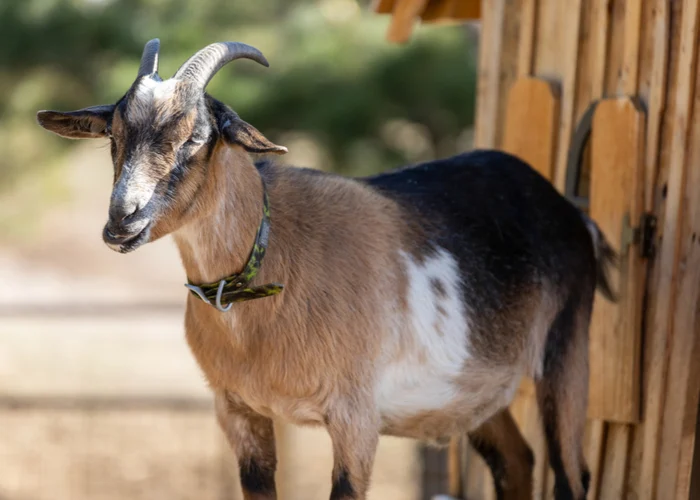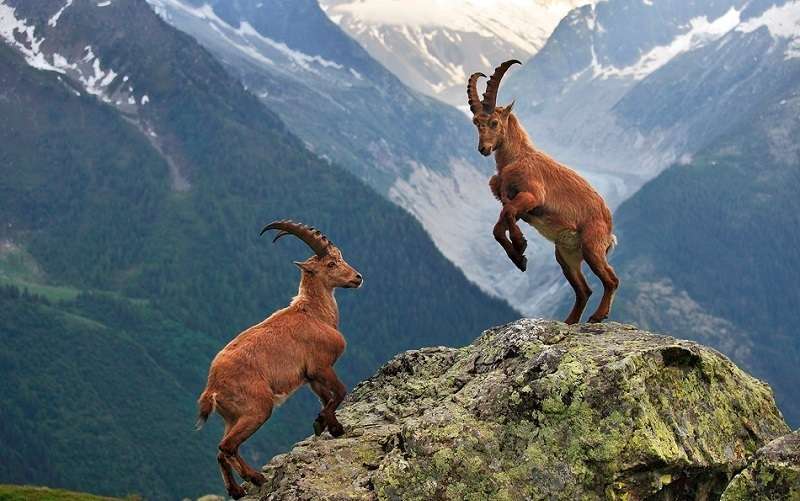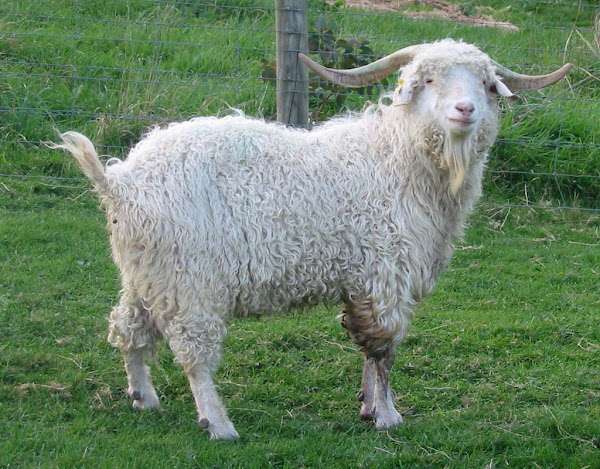
Description:
Alternative names are American Alpine, French Alpine, and Alpine polychrome. The Alpine breed of domestic goats ranges in size from medium to large and is renowned for its excellent milk production. Alpine goats are huge, comfortable ruminant creatures with cloven feet, horns, and beards that can produce a lot of milk without sacrificing the comfort of the does.
In particular, alpine goats are renowned for their attractive appearance and assortment of distinctive colors. Cou blanc, which is a white neck with black hindquarters, Chamoisée, which denotes tan, red, or brown with black patches, Sundgau, which denotes black and white markings on the face, and Pied, which denotes speckled with various markings are some of the acceptable breed colors and patterns. They have erect ears, a straight profile, and horns.
Behavior:
Alpine goats are sociable and incredibly inquisitive, yet they can also be independent and stubborn. Extremely sociable and cohesive, but fiercely competitive with other herd members; amiable towards people; inquisitive, explorative, and quick to pick up new information.
Benefits/Uses:
Alpine goats produce a lot of milk. The milk can be used to create any dairy product typically manufactured from cow’s milk, including butter, cheese, soap, ice cream, and others. Both domestic milk goats and commercial dairy producers frequently use them.
Origin/History:
The French Mountains are where alpine goats first appeared.
In 1903, Alpine goats brought from Switzerland were crossed with domestic goats to create the British Alpine breed.
In 1958, the first British Alpines were transported to Australia, although there weren’t many due of quarantine rules. Although more British Alpines have lately been brought into the country from New Zealand, their genetic diversity was not significantly increased because they were connected to the original animals. Saanen and Toggenburg grading is a common practice.
Keeping as Pet:

- Feeding and Nutritional Needs
Alpines require feed to maintain healthy production because they are larger animals. They require constant access to food, clean water, and nutrients, much like all ruminants do. To find out which minerals might be lacking in your area, speak to the extension office or nearby goat farmers.
- Housing and Fencing
Alpines are renowned for having exceptional agility; after all, they did conquer the Alps. Together with the fact that goats are known for escaping, strong fences like cow panels or reliable electric wire are essential. Alpines require a loafing shed or home to protect them from wind, rain, snow, and scorching days even though they can survive both warm and cool temperatures.
- Grooming
Goats are neat creatures, and unlike fiber goats, dairy goats like Alpines don’t require shearing. But, there are some fundamental grooming requirements that will simplify your life and theirs.
- Hoof Trimming
Alpines’ hooves require trimming every 4-6 weeks unless your pasture has a surface that resembles the rocky landscape of the Alps. Hoof trimmers for goats or sheep are required, as is a hand-held wood shaver to smooth the hooves after trimming. If your goat is taught to stand still, a milking stand or head shoot is optional but still useful.
- Udder Hygiene
You may hand milk more easily and keep your milk cleaner by shaving a doe’s udder and belly. A reliable set of dog grooming clippers and blades works wonders.
- Bathing
Goats typically take care of their own cleaning requirements, although occasionally a bath may be necessary. On a steamy summer day, your Alpine companion will stay cool with just some water and soap.
Table





